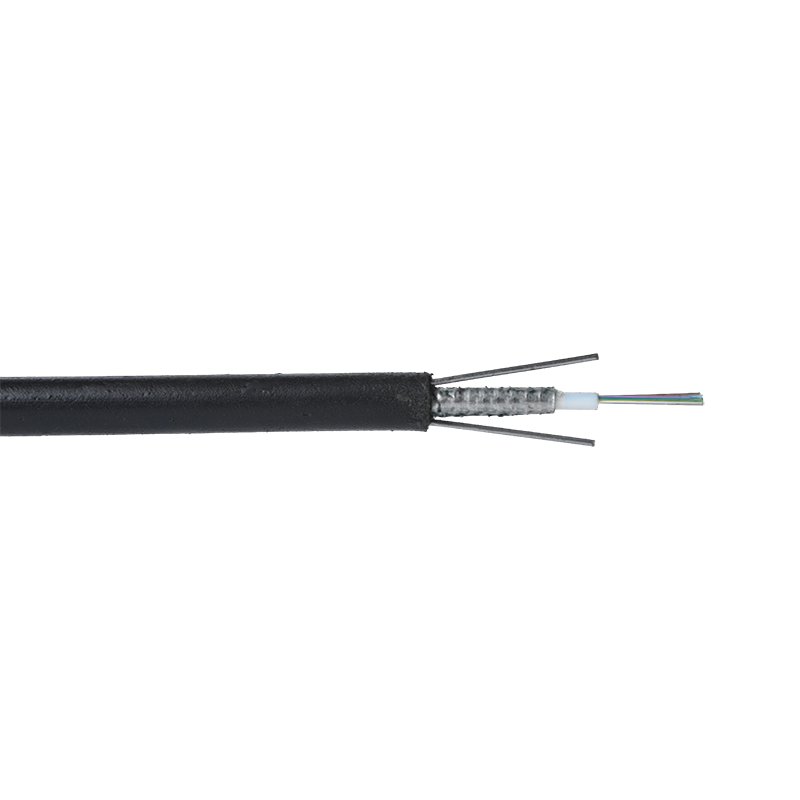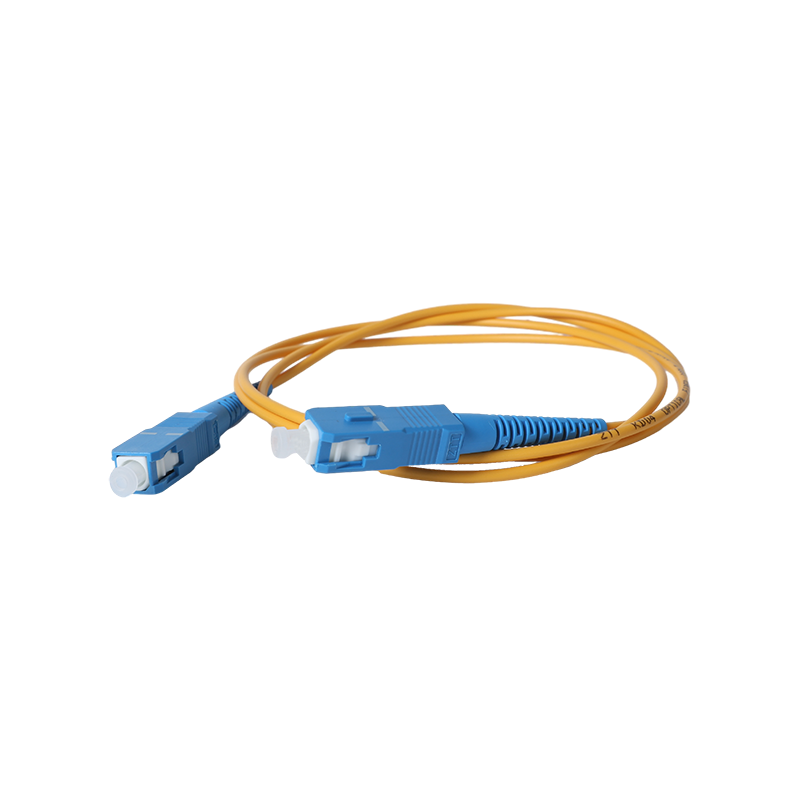How do outdoor central tube optical cables handle temperature fluctuations and moisture exposure?
In modern communication networks, outdoor central tube optical cables are increasingly used. They are not only used to connect urban and rural networks, but also play a key role in various extreme climate conditions. However, many people may not know how these cables cope with temperature fluctuations and humid environments.
Challenges and responses to temperature fluctuations
Temperature fluctuations are a major challenge for outdoor optical cables. Optical cables may shrink or expand under extreme temperatures, which may affect the performance of the optical fiber. To deal with this problem, manufacturers usually use materials with similar thermal expansion coefficients in the design of optical cables. This means that the optical cable changes by similar amplitudes at different temperatures, thereby reducing the stress caused by temperature changes.
In addition, many outdoor central tube optical cables are equipped with temperature sensors. These sensors can monitor the temperature changes of the optical cable in real time and issue an alarm when a certain threshold is reached, prompting maintenance personnel to check. This intelligent monitoring system not only improves the reliability of the optical cable, but also enhances the stability of the network.

Protection measures for humid environments
The impact of humid environments on optical cables should not be underestimated. Moisture penetration may cause damage to the optical fiber and affect the quality of signal transmission. To resist moisture, outdoor central tube optical cables are usually designed with multiple layers of protection. The inner fiber is enclosed in the central tube, and the outer layer is waterproof material, which can effectively block the intrusion of moisture.
In addition, many optical cables are also treated with anti-mold to ensure that mold and other harmful microorganisms are not easy to grow in humid conditions. These treatments not only extend the service life of the optical cable, but also ensure its stable performance in bad weather.
Designed to adapt to extreme climates
Many outdoor central tube optical cables are designed with extreme climate conditions in mind, including high temperature, high humidity, and low temperature. Manufacturers usually conduct rigorous environmental tests on optical cables to ensure that they can work properly in various climate conditions. For example, in high temperature environments, the material of the optical cable needs to have excellent thermal stability, while it needs to remain flexible in low temperature conditions.
In addition, some optical cables are also UV-resistant, which can effectively prevent the erosion of the optical cable material by direct sunlight. These designs not only improve the durability of the optical cable, but also provide guarantees for the long-term stable operation of the network.



 English
English русский
русский Español
Español عربى
عربى 中文简体
中文简体



















